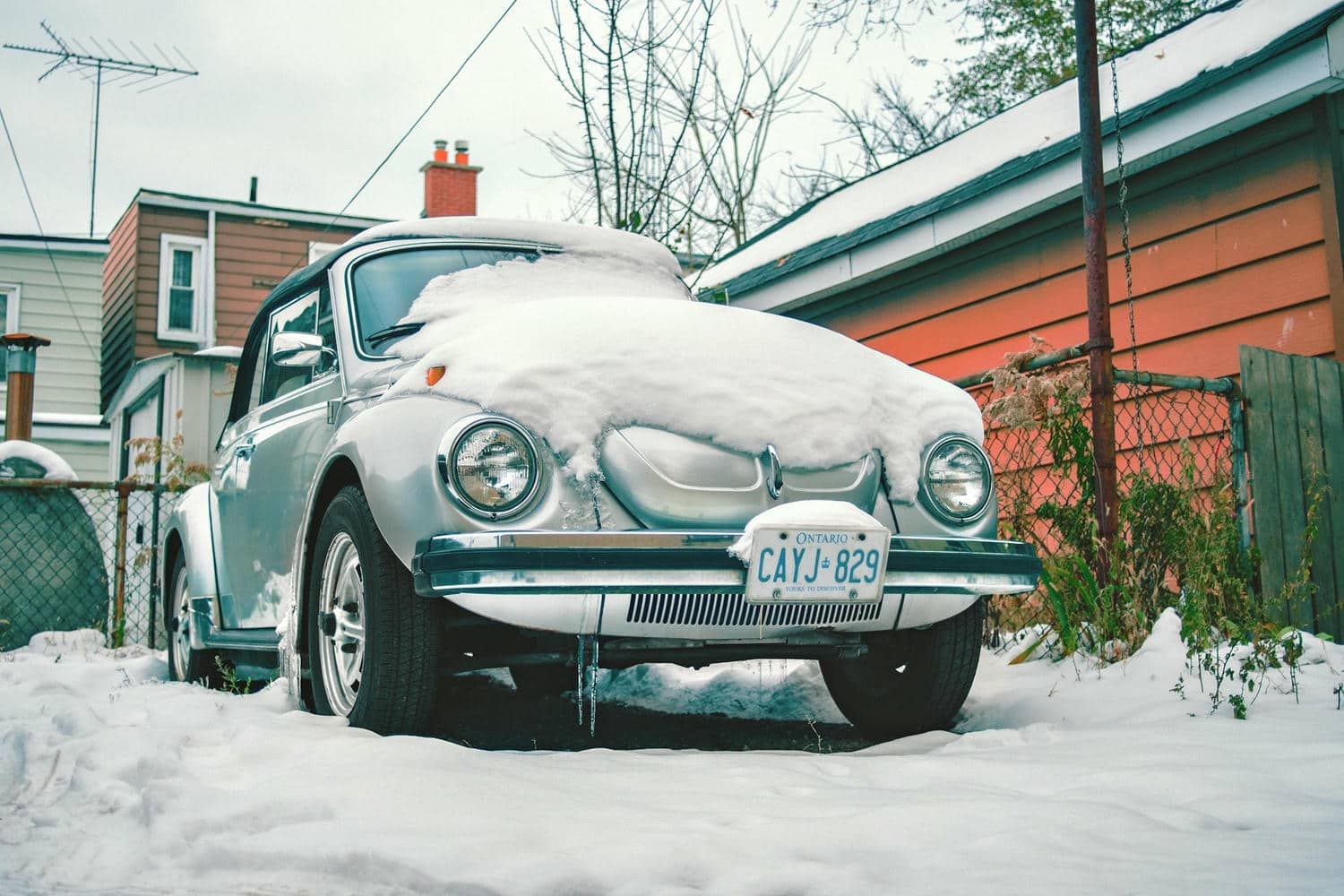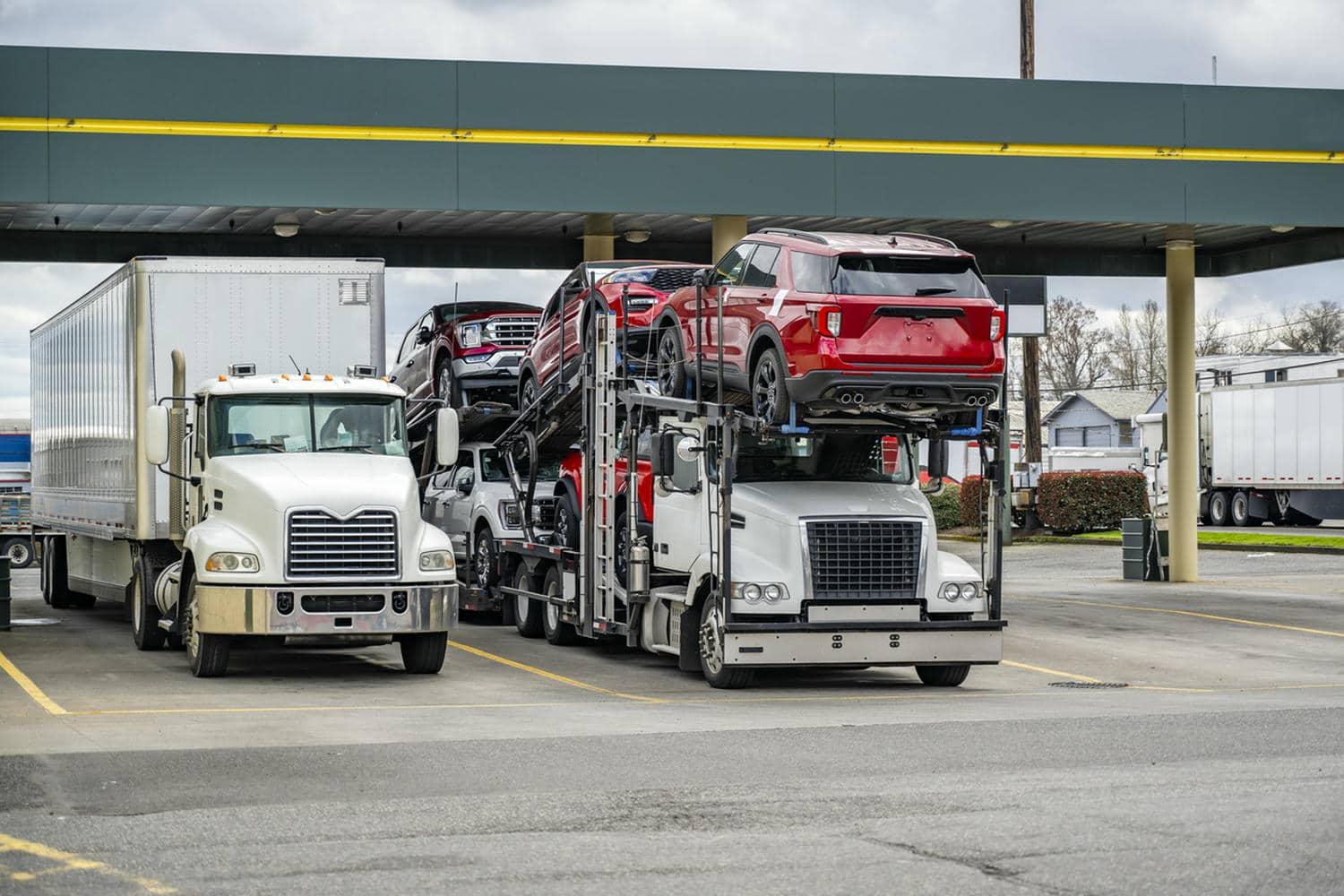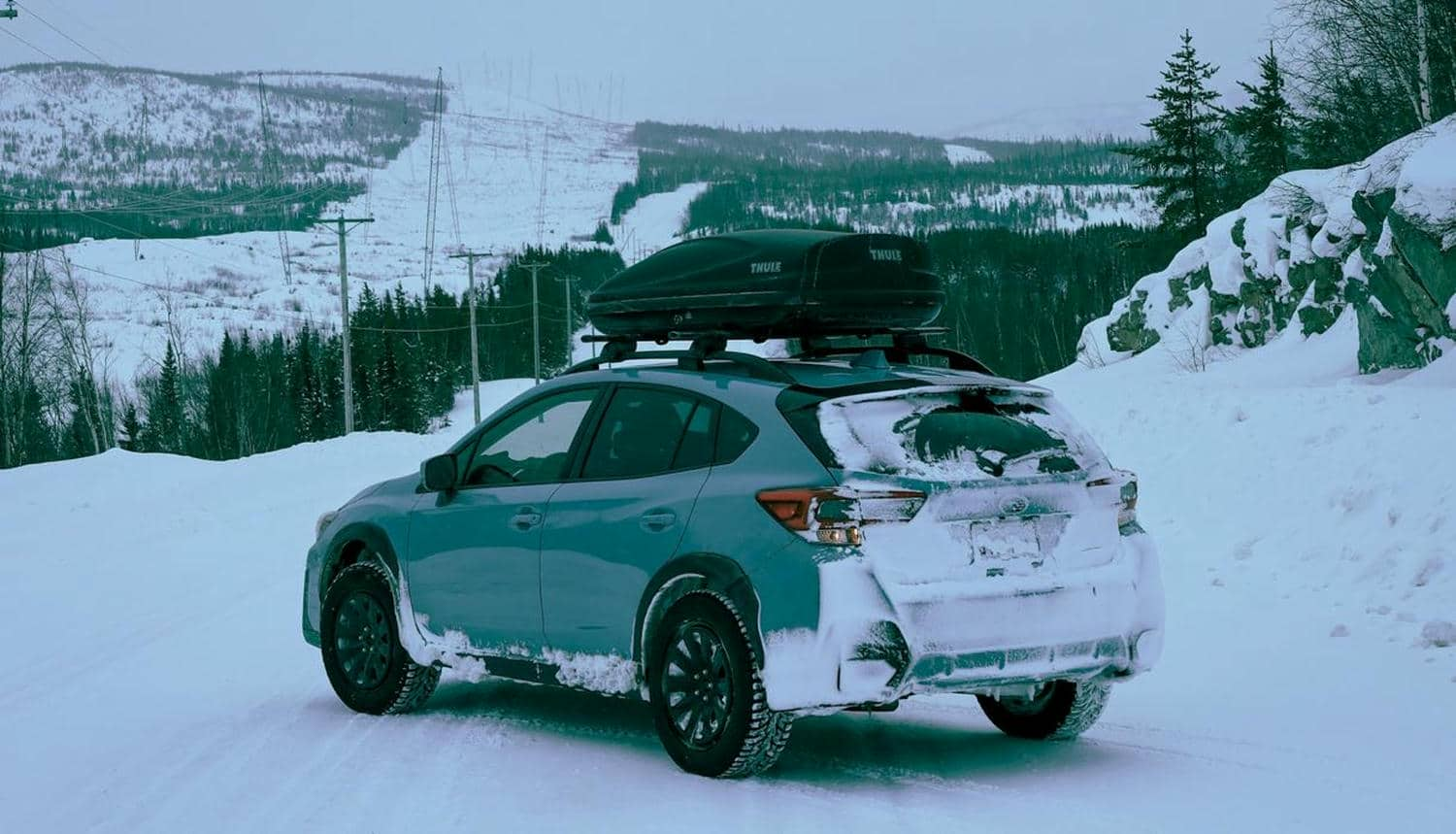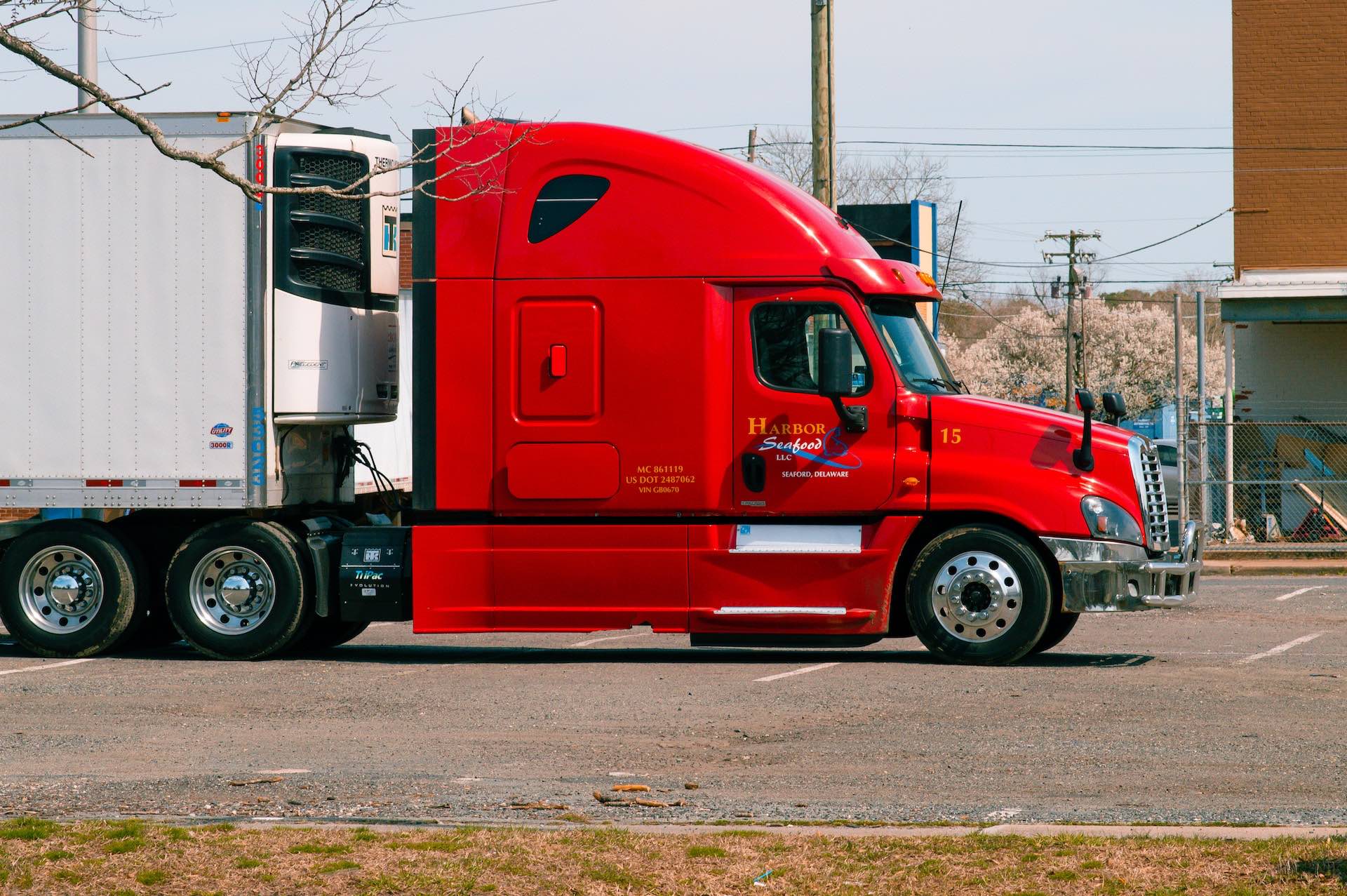Every year, thousands of Canadians leave the cold of winter behind and head south to enjoy the warmth of places like Florida, Arizona, and California. These “snowbirds” return to Canada at the end of the season, often bringing back goods and souvenirs from their travels. However, with new trade dynamics, this year’s return could look a little different. The U.S. has imposed tariffs on Canadian-made goods, and in retaliation, Canada has introduced a 25% counter-tariff on certain U.S. products brought into the country. As a result, Canadian snowbirds need to plan ahead for the return journey to avoid unpleasant surprises at the border.
U.S. tariffs on Canadian goods and 25% surtax for snowbirds – This blog post will guide you through the intricacies of these new tariffs, what you need to know about the surtax, and how to prepare for a seamless transition back to Canada.

The Canadian government has introduced a 25% surtax on specific U.S. products, which applies to items brought across the border by Canadians. This is a direct response to the U.S. tariffs on Canadian goods, and the surtax is collected by the Canada Border Services Agency (CBSA) when snowbirds return to Canada. This surtax is assessed at the port of entry and must be paid before you can enter the country.
The surtax is calculated based on the total value of the goods that exceed your personal exemption limit. If you’ve been away for more than 48 hours, you can claim up to CAN$800 worth of goods without paying regular duties or taxes, including the new surtax. However, for anything exceeding that amount, the surtax will apply. For example, if you bring back U.S.-made electronics, clothing, or other items that exceed this value, you’ll need to pay the 25% surtax on the excess.
The 25% surtax affects certain U.S. products that have been specifically targeted as part of the counter-tariff measures. While a full list of these goods is available on the Department of Finance website, it’s important to stay informed about what items you purchase before returning. Common items that may be impacted include electronics, clothing, tools, and machinery.
Snowbirds should be aware of the total value of the goods they’re bringing back and prepare accordingly. Having receipts for these items can help expedite the process when you cross the border and provide proof of the value of the items in case of a dispute.

Returning home can be a stressful experience, especially when you’re carrying a large quantity of goods purchased during your stay in the U.S. Proper documentation is key to making sure the process runs smoothly. Snowbirds should have all necessary receipts and paperwork prepared to avoid unnecessary delays at the border.
For goods exceeding your personal exemption limit, be ready to show receipts for the items, as well as proof of where they were made. This is important because the CBSA may ask for verification to ensure that the products are subject to the surtax. For instance, if you purchase goods in the U.S., the CBSA will need to know whether those goods were made in the U.S. or if they originated in another country.
Items that are made in the U.S. are generally subject to the surtax, while goods from other countries may not be. Having proof of where your items were made can speed up the process and ensure you are not overcharged on your return.
No matter how you’re traveling—whether by car, plane, or boat—it’s crucial to have your travel documents and any required paperwork ready before you get to the border. Ensure that all your receipts are organized and that you can easily access the proof of origin for any products that exceed your personal exemption. By having everything on hand, you can help reduce wait times and avoid having to search for the right documents in a rush.
When crossing the border, it’s easy to make simple mistakes that can lead to frustration, delays, or unexpected fees. Here are some common pitfalls to avoid and tips to help you have a smooth transition back to Canada.
One of the most common mistakes is underestimating the value of the goods you’re bringing back. Many snowbirds assume that items bought in the U.S. will be under the exemption limit, but it’s easy for purchases to add up quickly. Keep track of the total value of your goods and remember that anything exceeding CAN $800 will be subject to the surtax.

Failing to bring all necessary receipts or proof of origin can delay your entry into Canada. If you’re bringing back higher-value items, ensure you have receipts for everything, as well as documents proving where the goods were made. This can help prove that the items should be subject to the surtax and speed up the inspection process.
Personal exemptions allow you to bring back certain goods without paying duties or taxes. However, if you exceed your exemption limit, the surtax will apply to the extra goods. If you’re unsure about the limit or how it works, take the time to understand what you’re entitled to bring back. In most cases, if you’ve been away for 48 hours or longer, you can bring back up to CAN $800 worth of goods, including alcohol and tobacco, without having to pay the surtax.
To make the process as quick and easy as possible, make sure your travel documents are easily accessible. Whether you’re traveling by car, plane, or boat, have your passport, travel receipts, and proof of origin ready to go. Check with the CBSA for any specific border-crossing tips, such as declaring items over the exemption limit or completing customs forms online before arriving at the border.

Crossing the border back into Canada after spending time in the U.S. can be a smooth process if you’re prepared. Keep track of the value of the goods you’re bringing back, understand the new surtax on U.S. products, and ensure you have all necessary documentation. By doing so, you’ll avoid surprises and potential delays. Whether you’re returning home by land, air, or water, taking the time to plan ahead will make your return to Canada more seamless and stress-free.
For snowbirds, this season’s tariffs and surtaxes may seem overwhelming, but with the right preparation, crossing the border doesn’t have to be a hassle. Be mindful of your purchases, know your exemptions, and have the necessary paperwork on hand. With a little extra planning, you’ll make it back to Canada with minimal delays and costs.

When it comes to transporting vehicles back to Canada, Ship A Car, Inc. offers reliable and efficient solutions for snowbirds. Whether you need to ship a car, truck, motorcycle, or golf cart, we make the process seamless and cost-effective. With our team of experienced coordinators, we ensure your vehicle reaches its destination safely and on time. Call (866) 821-4555 today for the best price and professional transport services.
Q: What is the surtax on U.S. goods when returning to Canada?
A: A 25% counter-tariff is imposed on certain U.S. products brought back to Canada, in response to U.S. tariffs on Canadian goods.
Q: How can I avoid paying the surtax when returning from the U.S.?
A: If the goods you’re bringing back are under your personal exemption limit (up to CAN $800 after 48 hours), you won’t be charged the surtax.
Q: What documentation should I have ready for customs?
A: Have receipts and proof of origin for goods exceeding your personal exemption, and ensure your travel documents are accessible.




